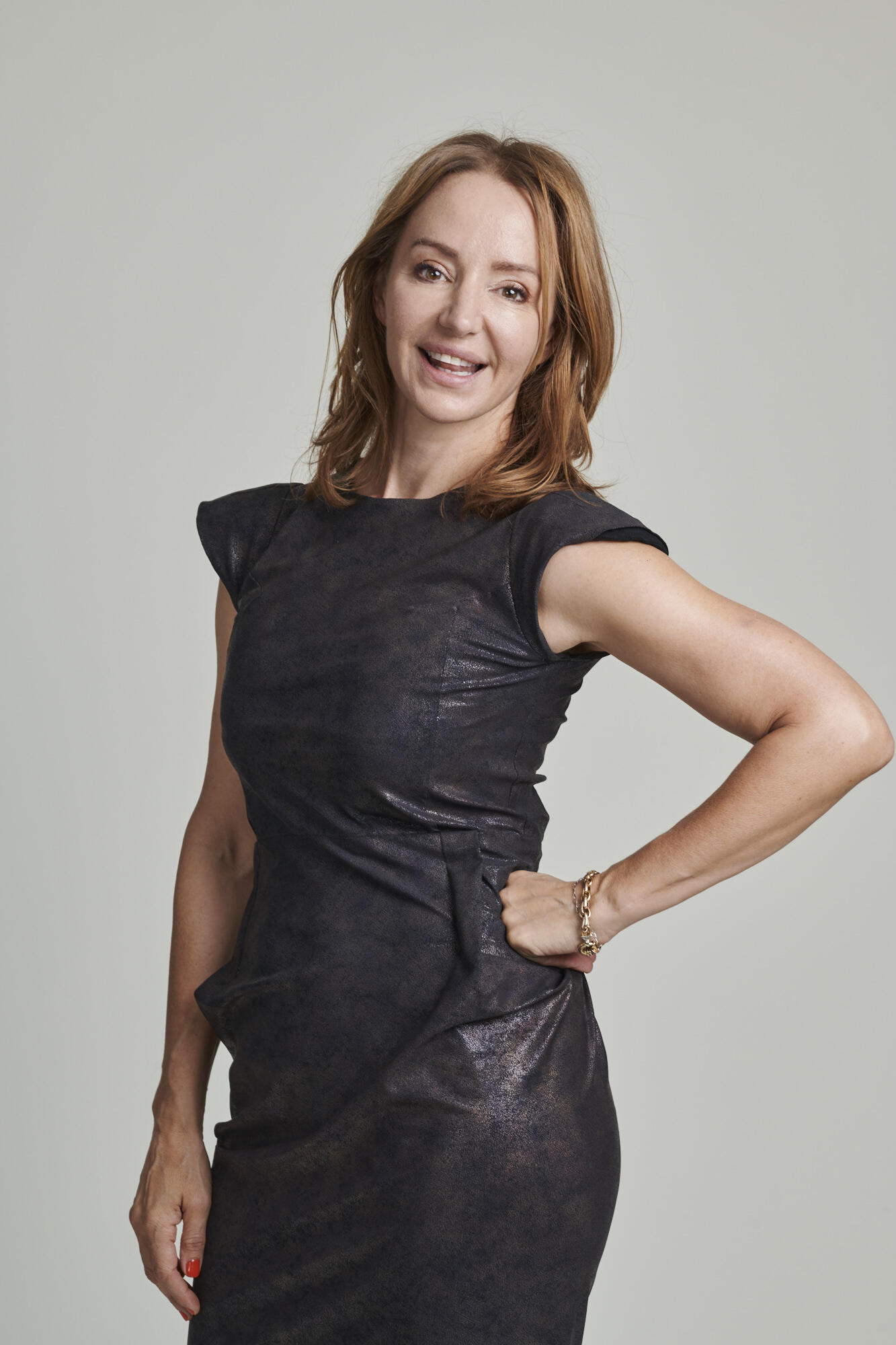As Gen Z delves further into adulthood, many are looking to enter the home market. However, women of this generation are vastly falling behind their male counterparts.
According to CoreLogic’s 2025 Women and Property report, 13.8% of Gen Z men own at least one investment property, compared to 6.4% of women, making them the generation with the biggest discrepancy.
Left behind by lower income
While older generations have fairly similar homeownership rates, affordability plays a key factor in why Gen Z women are falling behind, with 53.6% of them pointing to prices being a challenge.
Property investor and founder of EDA Property, Anissa Cavallo, says Gen Z women are falling behind their male counterparts when it comes to income, making it harder for them to break into the housing market.
“Gen Z women earn about A$67,000 a year, compared to $82,000 for men,” Cavallo tells Azzet.
“With most properties now requiring $80,000+ income as a minimum to get a loan, Gen Z women haven’t even hit that threshold yet.”

She said young women are also finding it harder to obtain home loans due to having more part-time or casual employment.
With the lack of funds and ever-growing overconsumption culture, Cavallo says young women are opting to spend their money elsewhere, such as on holidays.
“For some, it feels easier to book a holiday and escape the stress than face the uphill battle of saving a deposit,” she says.
“Social media has also glamourised lifestyles - $70 facials, Pilates classes, the latest skincare, designer brunches.
“It can keep people stuck in a cycle where building wealth is always "something I’ll do later."
Cavallo suggested changes to the gender pay gap could encourage more young women to enter the housing market. While the gap is continually narrowing in Australia, men are still making $28,245 more on average than women, according to research from the Workplace Gender Equality Agency (WGEA).
Thinking like an investor
One of the key ways Cavallo suggests women delve into the housing market is by thinking like an investor to avoid emotion clouding their decisions.
“Thinking like an investor means asking: What return will this asset give me? What are the risks? How can I make this property work for me, not the other way around?” she said.
“It also means understanding that the best-performing property might not be the one that looks cute on Instagram or sits near your favourite café.
“It’s about strategy, not sentiment. And that’s how you build wealth.”

In order to start thinking like an investor, Cavallo said women must improve their financial literacy. She said young women can start by seeking advice from professionals and “taking the journey with someone”.
“One good session with an investor can often spark a complete mindset shift,” she said.
“The goal isn’t to become an expert overnight, it’s to become curious enough to make better decisions.”
However, gaining financial literacy from a mentor can prove difficult when finance is still a male-dominated field.
Systemic changes needed
WGEA research shows that there is a lack of diversity in senior positions in finance. While women make up 52% of the financial services sector, only 13% hold CEO positions, 28% are Heads of Business and 33% are executives and general managers.
Cavallo said this could make it daunting for Gen Z women to seek help.
“The industries that offer financial advice, like property, finance, and investing, are still male-dominated,” she said.
“Many young women feel intimidated or unwelcome in these spaces. We need to change that.”
Multiple studies show that women, especially in younger age groups, tend to have lower financial literacy levels than their male counterparts.
Cavallo said that while young women can seek out advice themselves, this is an issue that needs to be addressed from a systemic level through more education in schools and public forums.
“Our school systems don’t teach real-world money skills - how to budget, invest, or buy a home,” she said.
“The responsibility has been handed over to private enterprise, which means a lot of the 'education' people receive is laced with sales agendas.”

Another structural change Cavallo believes will get women into the home owners market sooner is policy changes like deposit schemes or rent-to-buy models.
Australia has a range of schemes aimed at helping people purchase their first home.
One of these is the Help to Buy scheme where the government contributes up to 40% while prospective buyers only need a 2% deposit.



